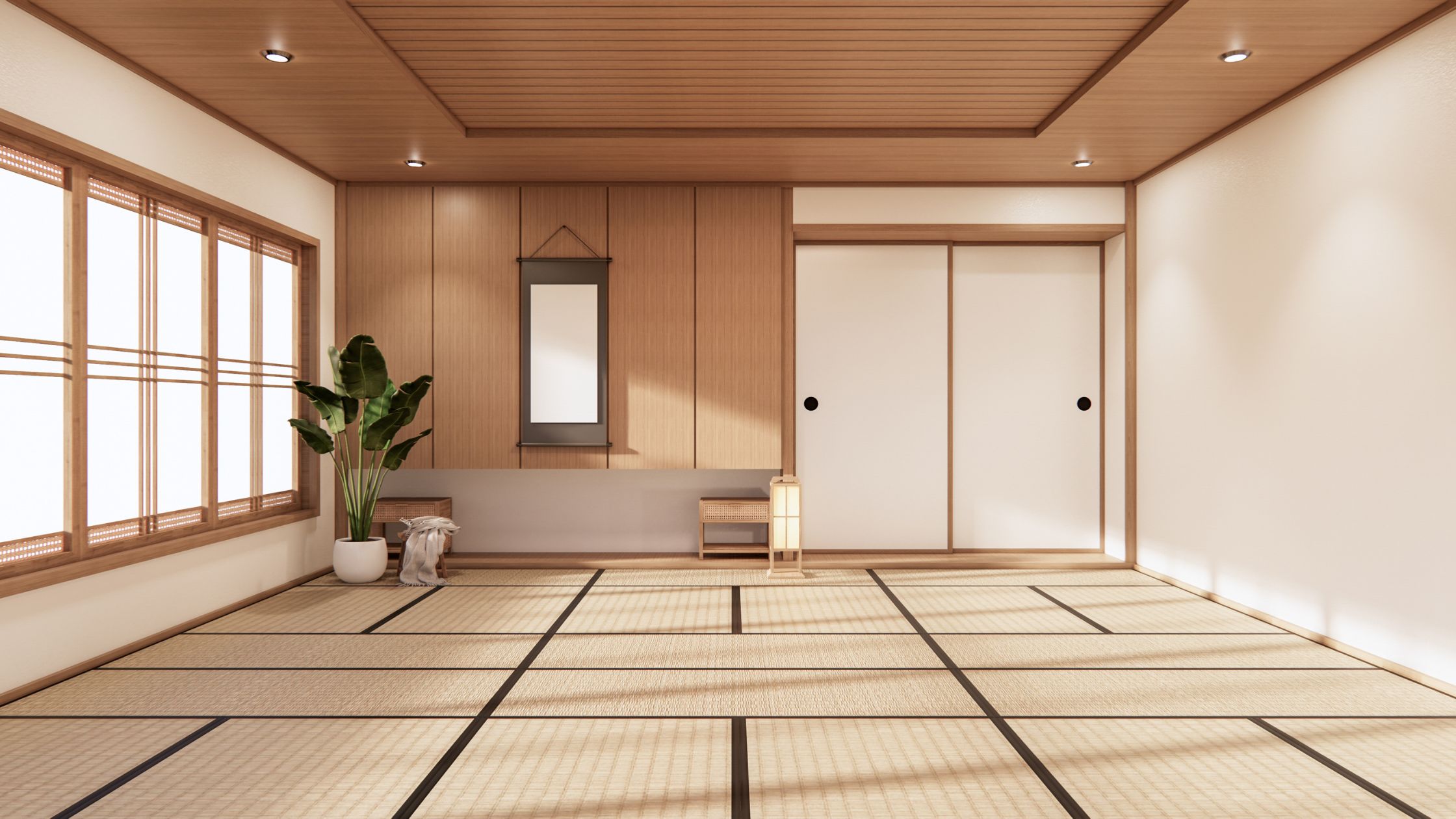Japanese Floor Sitting: The Wellness Ritual You Didn’t Know You Needed

Key Takeaways
Question: What are the benefits of Japanese floor sitting?
Answer: Japanese floor sitting improves posture, enhances core strength, maintains hip flexibility, promotes mindful eating, and reduces stress through grounding.
In a world dominated by desk chairs, recliners, and high-backed dining sets, the idea of sitting on the floor might seem unusual. Yet in Japan, this style of living is part of a rich tradition that blends Japanese culture, comfort, and wellness. Known for its tatami mats, low tables, and traditional sitting positions, floor sitting is not just a cultural habit but a mindful lifestyle choice with surprising advantages for your body and mind.
In this guide, we’ll explore the origins of this practice, the Japanese floor sitting benefits you might not expect, and how to bring a touch of zen living into your own home.
The Cultural Roots of Floor Sitting in Japan
In Japanese homes, sitting on the floor is more than just a practical design choice; it’s a reflection of simplicity and cultural habits that date back centuries. Historically, homes were built with tatami mats, woven from straw, which offered a natural, slightly springy surface ideal for sitting, kneeling, and sleeping.
Furniture was minimal, and rooms could easily transform from a dining space to a sleeping area. Families gathered around low tables, often seated on zabuton cushions or zaisu chairs (legless chairs with backrests). Meals, tea ceremonies, and conversations all took place at ground level, encouraging closeness and connection.
These traditions are deeply intertwined with Asian lifestyle values: adaptability, respect for space, and a focus on living harmoniously with your surroundings.
The Wellness Perks You Didn’t Know You Were Missing
While the cultural significance is reason enough to appreciate floor sitting, the Japanese floor sitting benefits extend far beyond tradition. Here are some wellness advantages backed by both cultural wisdom and modern understanding.
1. Improved Posture and Core Engagement
When you practice mindful sitting on the floor, your body naturally works harder to support itself. Your spine aligns more naturally, and your core muscles engage without you realizing it. Over time, this strengthens your posture which is something many of us lose from hours in office chairs.
2. Greater Hip Mobility
Western sitting often keeps our hips locked at a 90-degree angle. Floor sitting requires deeper bends, which maintain flexibility in the hips and knees. In cultures where floor sitting is common, mobility tends to remain intact well into older age.
3. Natural Movement Built into Your Day
Getting down and up from the floor isn’t just a transition; it’s a mini workout. These natural movements keep your joints lubricated and your muscles active, making daily tasks easier over time.
4. Mindful Eating and Connection
Sitting at low tables on tatami mats invites you to slow down, savor your food, and focus on the people around you. The intimacy of traditional sitting creates a space for conversation and presence.
5. Stress Reduction and Grounding
Being closer to the ground, especially on natural surfaces like tatami mats, can be calming. In mindfulness practices, this grounding helps regulate stress levels and fosters a deeper sense of balance.
How to Bring Floor Sitting into Your Home
You don’t have to overhaul your entire home to enjoy floor comfort. A few intentional changes can help you adopt this Asian lifestyle habit at your own pace.
1. Choose Your Setup
- Tatami Mats: These mats not only protect your knees and ankles but also bring an authentic texture and warmth to your space.
- Low Tables (Chabudai): Perfect for meals, tea, or reading.
- Zabuton or Zaisu: Cushions and legless chairs for added support.
2. Experiment with Sitting Styles
Rotate between seiza (kneeling with feet tucked under), agura (cross-legged), and side-sitting positions to avoid stiffness. Switching positions every 10–15 minutes keeps your joints happy.
3. Ease In
If you’re new to floor sitting, start small — maybe morning tea on a zabuton or an evening journal session at a low table. Gradually increase the time as your hips and knees adapt.
4. Combine Old and New
Blend traditional sitting spaces with your existing furniture. You might dedicate one room or corner to floor sitting for a peaceful reading nook or tea area.
5. Make It a Ritual
Whether it’s sharing a meal, practicing meditation, or doing light stretches, create moments where floor comfort becomes a part of your wellness routine.
A Modern Spin on a Time-Honored Practice
Even in modern Japanese apartments, where Western furniture is common, you’ll often find at least one tatami room. This blend of old and new shows that simplicity doesn’t mean sacrificing convenience; it means being intentional about your surroundings.
Adapting floor sitting to your own life can be as minimal or as elaborate as you like. Some pair tatami mats with sleek Scandinavian furniture for a clean, minimalist look. Others go for a cozy, layered style with cushions, throws, and warm lighting. The key is to honor the essence of zen living — presence, connection, and calm.
Why It’s Worth Trying
The Japanese floor sitting benefits go beyond physical perks. This practice can help you reconnect with your body, slow down your meals, and find peace in the simplest of moments. It’s a habit rooted in Japanese culture, but one that adapts beautifully to modern living anywhere in the world.
So the next time you’re about to pull out a chair, consider grabbing a cushion instead. Sit low, breathe deeply, and notice how mindful sitting changes not just your posture, but your perspective.
Sometimes wellness isn’t found in the latest gadget or fitness trend; it’s in a quiet, grounded moment on the floor.
FAQ
What is Japanese floor seating?
Japanese floor seating is a traditional way of sitting on tatami mats or cushions at low tables, reflecting cultural values of simplicity and connection.
What are the benefits of sitting on the floor?
It improves posture, strengthens core muscles, boosts hip mobility, encourages mindful eating, and helps reduce stress.
Do I need tatami mats to try floor sitting?
No — while tatami mats add authenticity and comfort, you can start with cushions, low tables, or rugs in your own space.
Is floor sitting good for everyone?
It can be adapted for most people, but those with joint or mobility issues should ease in slowly and use supportive cushions or legless chairs.
How do I get started with Japanese-style seating at home?
Begin with short sessions, experiment with sitting styles, and gradually extend your time as your body adjusts.
